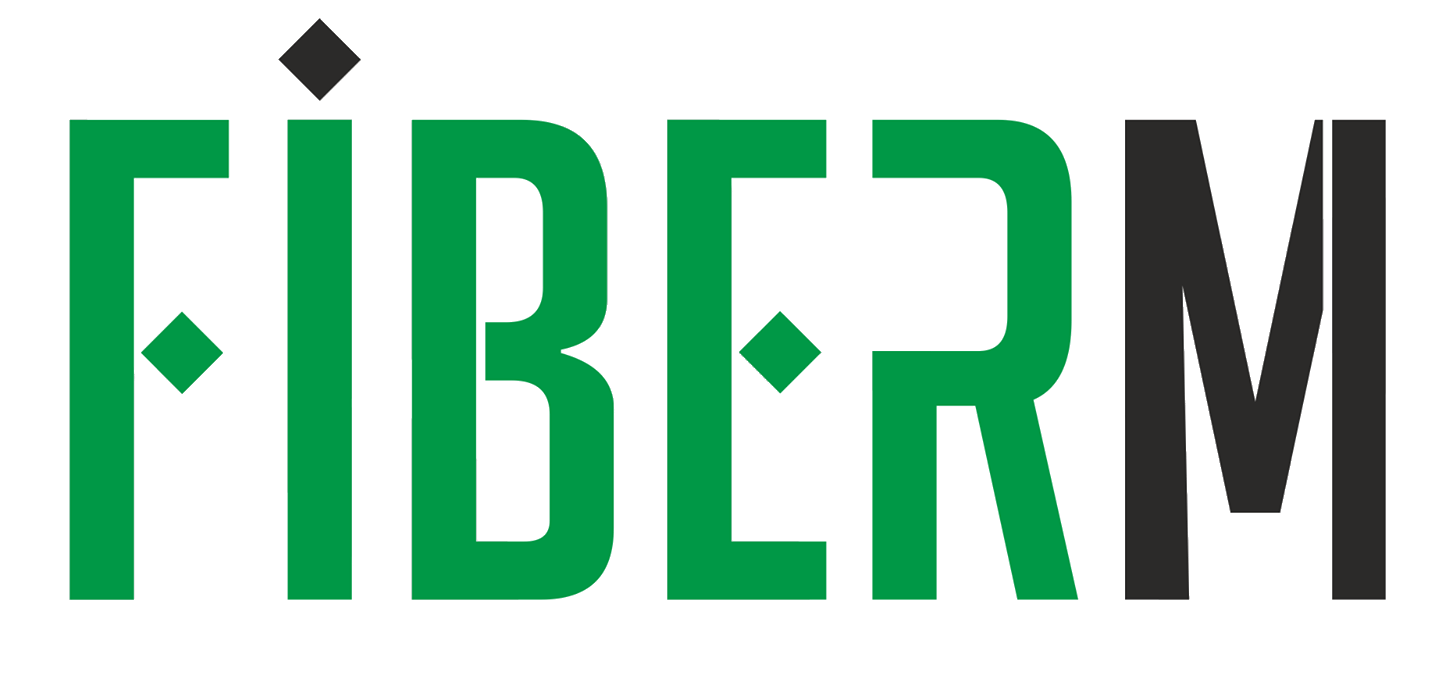Orders placed before 4 p.m. are processed on the same day.
Cable enclosures are widely used in telecommunication networks, installed along cable routes as well as at their endpoints. They are designed for storing excess telecommunication cables laid in cable ducts and serve as trunk lines, branching points, and junctions for all telecommunication cables.
The installation of a cable enclosure can take place virtually anywhere along the cable duct route. Typically, it is covered with a layer of soil, usually with a standard height of 0.7 meters or more. However, there is also the option to install the enclosure directly at ground level, where the cover is flush with the ground surface.
Thanks to the enclosure, it is possible to hermetically introduce cable ducts using an additional U32 or U40 seal, as well as safely pull telecommunication cables and lay cable reserves along with junction covers.
Before burying the enclosure, it is recommended to cover it with a foil sheet, protruding at least 200 mm beyond its outline. Additionally, segments of warning tape, used in the specific cable duct, should be laid on the foil to provide additional protection.
Cable enclosures have the form of a vertical box with a round hatch and consist of a body, an inner reinforcing tube, and a gasket. There is also the possibility of equipping the enclosure with places for a junction sleeve.
Both the body and cover of the enclosure are made as monolithic castings using rotational molding technology. The polyethylene supporting tube is supplied externally by an external company, while the gasket is produced to order by the VENKON company.
The cover of the enclosure has been designed according to the PN-EN 124:2000 standard for load transfer up to 15kN (A15 class). The body of the enclosure is responsible for transferring force from the cover and pressure from the surrounding soil. The enclosures are suitable for both pedestrian and vehicular traffic, as confirmed by strength test reports and the Centino CERT certificate.
The use of covers and hatches from other manufacturers is permissible provided they are geometrically compatible and meet the requirements of the PN-EN 124 standard and a minimum A15 class. Any additional loads not accounted for in the calculation reports should be taken into consideration by the designer.
The construction of the enclosure includes:
|
Tycon Fiber Optic Joint FOSC 400 A4 max 144J - 6xS1
TYCON-FOSC-400-A4
|
|
|
Tycon Fiber Optic Joint FIST C16 max 144/288J - 24 x D
TYCON-FIST-C16
|
|
Tracom Fiber Optic Through Joint FOSC A 48/96J

TRACOM-FOSC-A
|
|
Tracom Fiber Optic Splice Closure FOSC I 6/12J SC-I4-D-O-000 012J-00x000000-000

TRACOM-FOSC-I
|
|
CO2 Cartridge for TDUX Sleeves (1 piece)
E7512-0160
|
|
|
SOPPEC Survey Paint in Spray - Red
SOPPEC-1412130-RED
|
|
Mini Fiber Optic Joint for DROP Cables 1J
MINI-MUFA-DROP-1J
|

FSC-24/48F-3IN-1OV 1xZ1-2
|
|
Heavy-duty frame, class D400, for well SKR-1
R-SKR1-D400
|
We have made every effort to ensure that the above data is correct, but we do not guarantee that the published information does not contain errors, which, however, cannot constitute the basis for any claims.